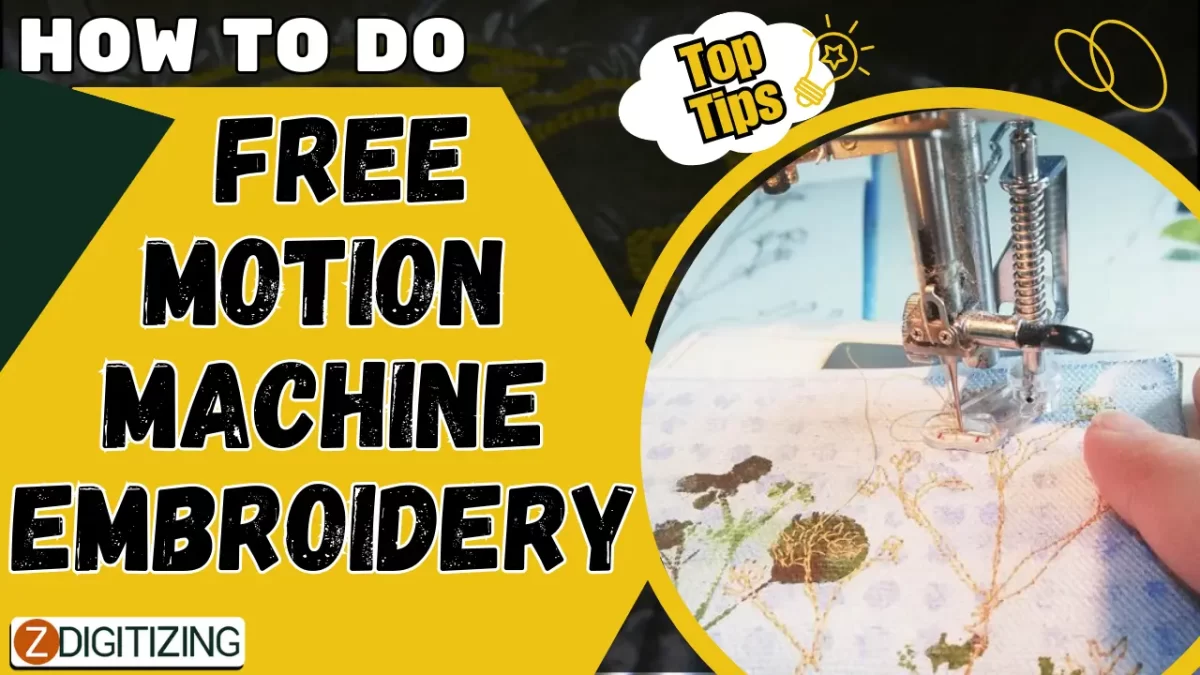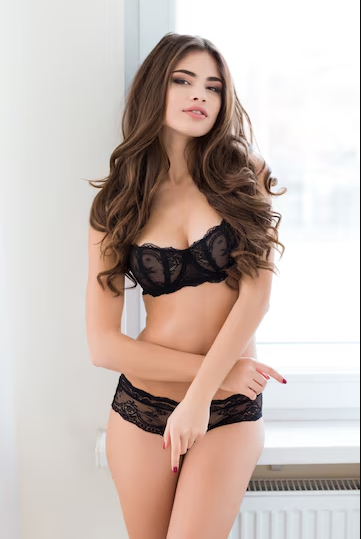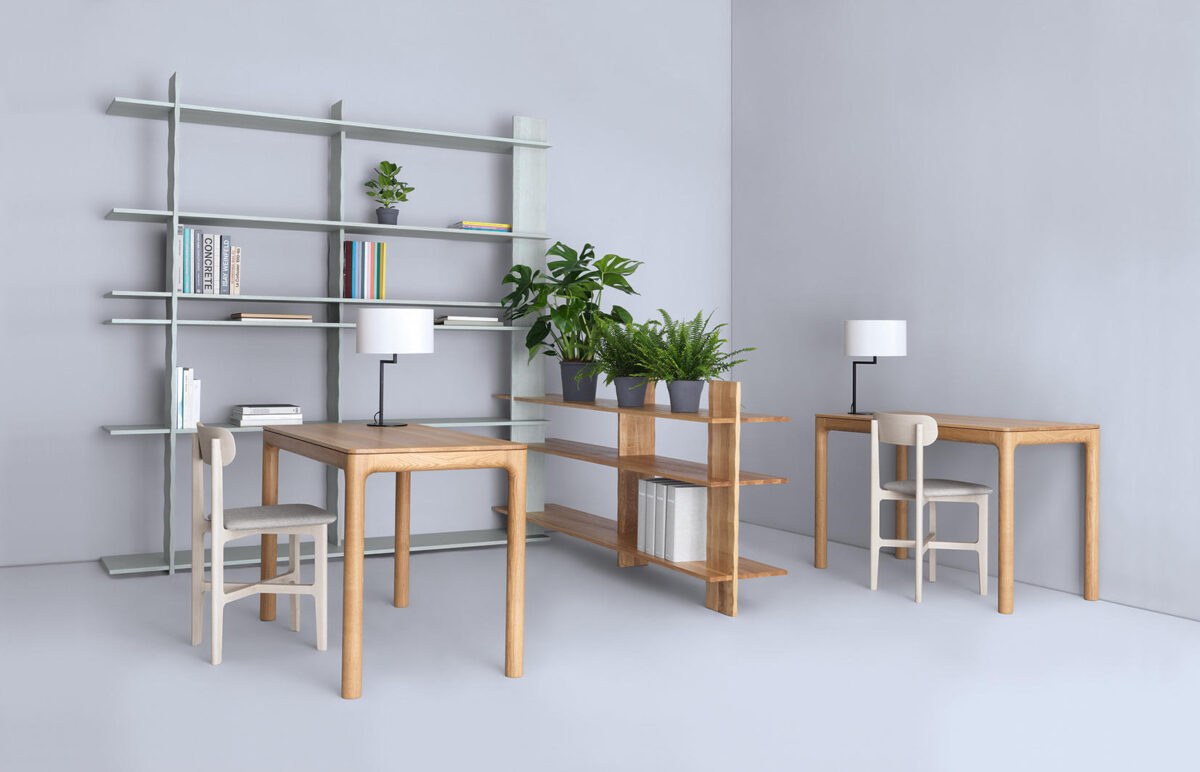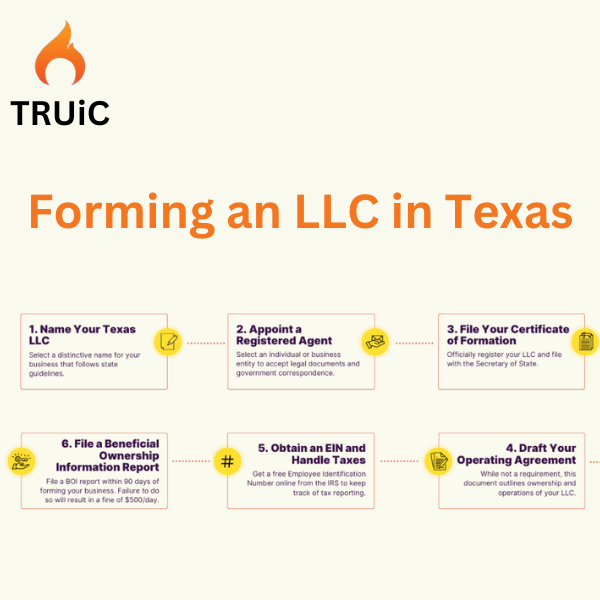How To Do Free Motion Machine Embroidery | Top Tips

Free motion machine embroidery is a versatile technique that allows you to create intricate designs and patterns with your sewing machine. Whether you’re a seasoned embroiderer or a novice enthusiast, mastering the art of free motion embroidery opens up a world of creative possibilities. In this article, we’ll explore the step-by-step process of free motion machine embroidery and its relevance in the realm of embroidery digitizing, particularly highlighting the services offered by ZDigitizing.
Introduction to Free Motion Machine Embroidery
Free motion machine embroidery, also known as freehand embroidery or free-motion quilting, involves stitching designs onto fabric without the use of computerized patterns or templates. Instead, the embroiderer controls the movement of the fabric under the needle, allowing for greater flexibility and artistic expression.
Tools and Materials Required
To get started with free motion embroidery, you’ll need a few essential tools and materials:
- Sewing machine with a darning or free motion foot
- Embroidery thread
- Fabric
- Stabilizer
- Hoop (optional, but recommended for stability)
- Scissors
- Marking tools (such as chalk or disappearing ink pen)
Setting Up Your Sewing Machine
Before you begin, ensure that your sewing machine is equipped with a darning or free motion foot. This foot allows you to move the fabric freely under the needle without the need for feed dogs. Adjust the tension and stitch length settings on your machine according to the fabric and thread you’re using.
Preparation of Fabric and Stabilizer
Prepare your fabric by pressing it to remove any wrinkles or creases. If necessary, hoop the fabric with stabilizer to provide support and prevent puckering during embroidery digitizing. Choose a stabilizer that suits the fabric and design you’re working with, whether it’s tear-away, cut-away, or water-soluble.
Starting Your Free Motion Embroidery
Once your machine is set up and your fabric is prepared, lower the presser foot and begin stitching. Move the fabric in all directions to create your desired design, adjusting the speed of your machine to maintain control and precision.
Techniques for Control and Precision
Practice is key to mastering free motion embroidery. Experiment with different stitch lengths, densities, and movements to achieve varying effects. Start with simple shapes and gradually progress to more complex designs as you gain confidence.
Creating Designs with Free Motion Embroidery
Free motion embroidery offers endless possibilities for creativity. Whether you’re embellishing garments, quilting, or creating textile art, the only limit is your imagination. From intricate floral motifs to abstract patterns, free motion embroidery allows you to add texture and dimension to your projects with ease.
Tips for Success
- Practice on scrap fabric before starting your main project.
- Use a light touch and maintain even tension on the fabric.
- Keep your stitches consistent and overlap them slightly for smooth coverage.
- Experiment with different thread colors and types to achieve unique effects.
Advantages of Free Motion Embroidery
Free motion embroidery offers several advantages over traditional embroidery techniques:
- Flexibility and freedom of expression
- Ability to create intricate designs without the need for pre-programmed patterns
- Versatility in working with various fabrics and materials
Applications in Various Industries
From fashion and home decor to art and crafts, free motion embroidery finds applications in a wide range of industries. Whether it’s embellishing garments with custom designs or creating one-of-a-kind artwork, free motion embroidery adds a personal touch to any project.
Conclusion
In conclusion, free motion machine embroidery is a rewarding and versatile technique that allows you to unleash your creativity and create stunning designs with ease. Whether you’re a hobbyist or a professional embroiderer, mastering the art of free motion embroidery opens up a world of possibilities. With the expertise and services offered by ZDigitizing, you can transform your ideas into high-quality embroidery designs that are tailored to your needs.











